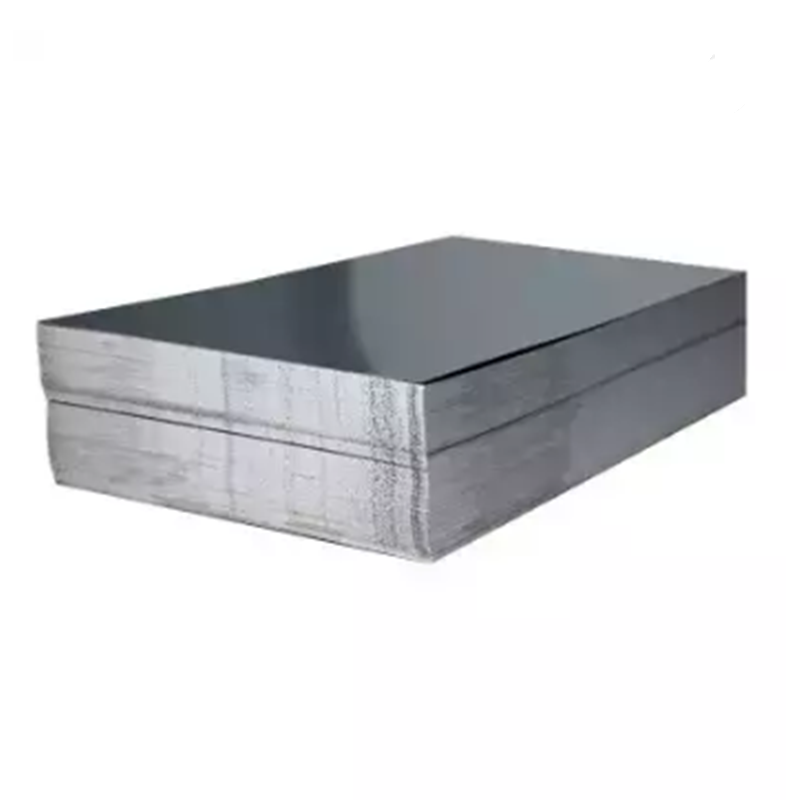
12 月 . 04, 2024 09:44 Back to list
galvanized iron tube
Understanding Galvanized Iron Tubes Properties, Applications, and Benefits
Galvanized iron tubes are essential components in various industries, thanks to their durability, corrosion resistance, and versatility. These tubes are made from iron or steel coated with a layer of zinc, a process known as galvanization, which significantly enhances their longevity and performance. This article explores the properties, applications, and benefits of galvanized iron tubes, shedding light on why they are a preferred choice in many scenarios.
Properties of Galvanized Iron Tubes
The primary feature of galvanized iron tubes is their zinc coating, which provides a protective barrier against rust and corrosion. This is particularly important in environments exposed to moisture or harsh chemicals. The galvanization process involves dipping the iron or steel in molten zinc, ensuring a uniform and durable coating that adheres well to the metal surface.
In addition to corrosion resistance, galvanized iron tubes exhibit excellent tensile strength and flexibility, making them suitable for various structural applications. Their relatively lightweight nature allows for easy handling and installation, enhancing their appeal in construction projects. Furthermore, galvanized iron is known for its ability to withstand extreme temperatures, contributing to its longevity in different environmental conditions.
Applications of Galvanized Iron Tubes
Galvanized iron tubes find applications across numerous industries. One of the most common uses is in construction, where they serve as structural supports, scaffolding, and fencing. Their robust nature makes them ideal for building frameworks that require durability and resilience.
In the agricultural sector, galvanized iron tubes are employed in the construction of fences, gates, and livestock enclosures. Their resistance to rust ensures that they maintain their functionality and appearance over time, even when exposed to the elements. Similarly, in the plumbing industry, galvanized iron tubes are used for water supply lines, providing a reliable means of transporting water while minimizing the risk of leaks due to corrosion.
galvanized iron tube

Moreover, their applicability extends to manufacturing and industrial settings. Galvanized iron tubes are frequently used for creating various machinery components, storage tanks, and conveyor systems. Their ability to handle heavy loads and resist wear makes them a valuable resource in these environments.
Benefits of Using Galvanized Iron Tubes
The advantages of galvanized iron tubes go beyond their physical properties. One significant benefit is their cost-effectiveness. While the initial investment might be slightly higher compared to non-galvanized options, the long lifespan and reduced maintenance costs associated with galvanized tubes make them a more economical choice in the long run.
Moreover, the environmental benefits of using galvanized iron tubes are noteworthy. The zinc coating process can be applied using recycled materials, and at the end of their life cycle, galvanized tubes can also be recycled without compromising their properties. This aspect aligns with the growing emphasis on sustainability in modern construction and manufacturing practices.
Additionally, galvanized iron tubes are easy to install and maintain. Their lightweight nature, combined with their resistance to rust and corrosion, means that less frequent replacements are necessary, reducing labor and material costs over time.
Conclusion
In summary, galvanized iron tubes are a vital component in various sectors due to their remarkable properties, versatile applications, and significant benefits. From construction to agriculture and industrial uses, these tubes offer a reliable and cost-effective solution for countless needs. Their resistance to corrosion, combined with sustainability aspects, positions galvanized iron tubes as a preferred material for both present and future applications. As industries continue to seek durable and efficient solutions, the role of galvanized iron tubes is likely to grow even more prominent.
-
Galvanized steel sheet price hot-dip galvanized
NewsMar.07,2025
-
Galvanized steel sheet price hot-dip galvanized
NewsMar.07,2025
-
Galvanized steel sheet price hot-dip galvanized
NewsMar.07,2025
-
Galvanized steel sheet price hot-dip galvanized
NewsMar.07,2025
-
Galvanized steel sheet price hot-dip galvanized
NewsMar.07,2025
-
buy corrugated roof sheet end capping
NewsMar.07,2025